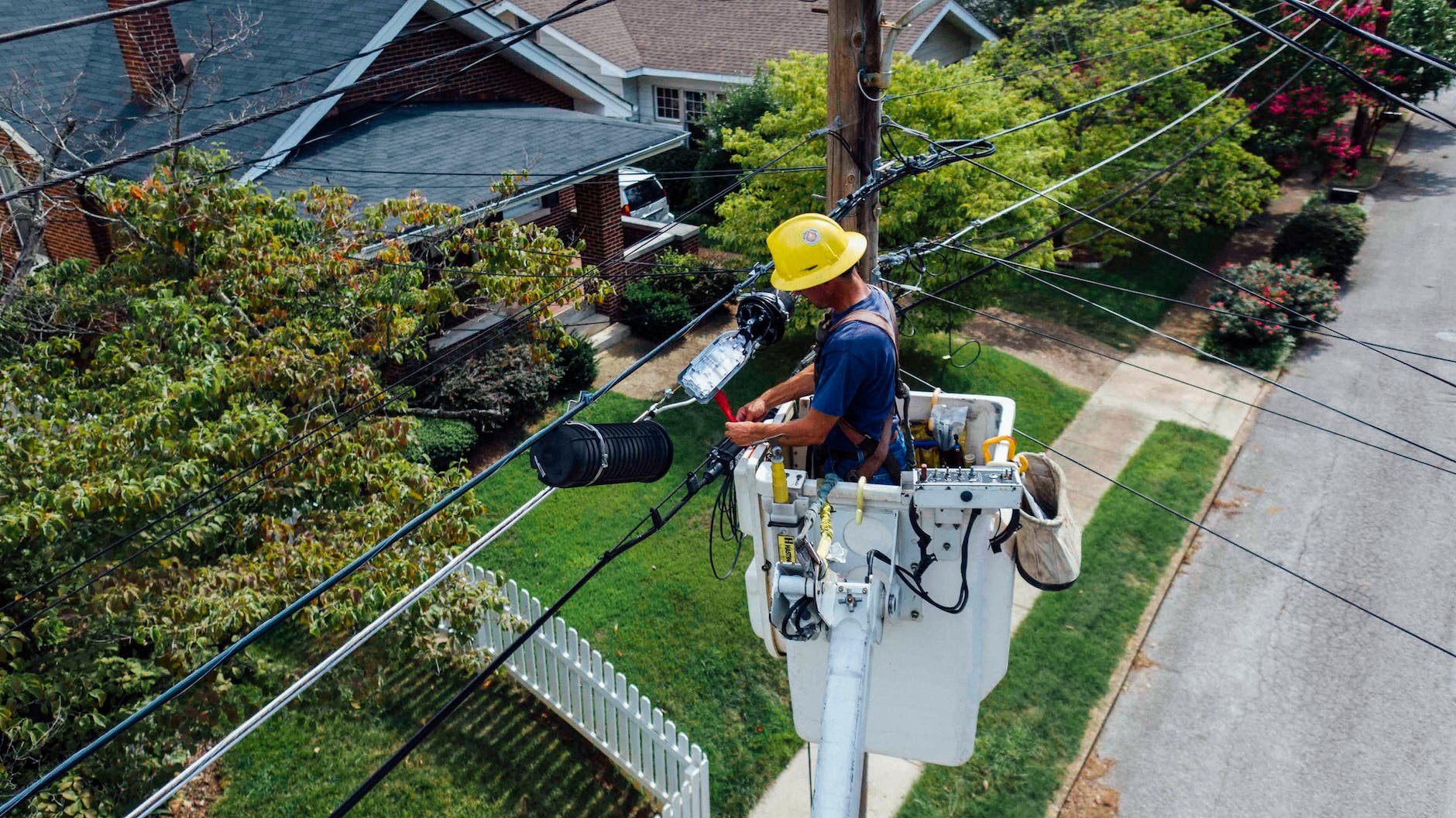
What Are the 5 Main Electrical Hazards?
Introduction
Electricity has become an indispensable part of our daily lives, powering our homes, offices, and industries. However, amidst its numerous benefits, electricity poses significant hazards that should not be taken lightly. Electrical hazards can result in serious injuries, property damage, and even fatalities. In this article, we will explore the five main electrical hazards and discuss essential safety measures to prevent them.
Understanding Electrical Hazards
Electrical hazards refer to potential dangers that arise when electrical energy is improperly controlled or utilized. Such hazards can be present in various environments, including homes, workplaces, and public spaces. Recognizing and addressing these hazards are crucial for maintaining safety and preventing accidents.
The Top 5 Main Electrical Hazards
- Electrical Shock: Electrical shock occurs when a person comes into contact with a live electrical source. It can range from mild to severe and may lead to muscle contractions, burns, and even respiratory failure.
- Electrical Burns: Electrical burns can result from exposure to high-voltage electrical arcs or faults. These burns can be severe and often require immediate medical attention.
- Electrical Fires: Electrical fires can originate from faulty wiring, overloaded circuits, or malfunctioning electrical appliances. They can spread rapidly, causing extensive damage to property and endangering lives.
- Arc Flashes and Arc Blasts: Arc flashes are sudden releases of electrical energy that emit intense heat and light, while arc blasts can cause a powerful explosion. These phenomena can cause severe injuries and are prevalent in industrial settings.
- Electrocution: Electrocution is a fatal electrical shock that occurs when the current passes through a person’s body. It is one of the most severe consequences of electrical hazards.
Common Causes of Electrical Hazards
Understanding the causes of electrical hazards is essential for implementing effective preventive measures. Some common causes include:
- Faulty Wiring: Old or damaged wiring can lead to short circuits and fires.
- Overloaded Circuits: Overloading circuits with multiple appliances can cause overheating and fires.
- Damaged Electrical Appliances: Using damaged or worn-out appliances increases the risk of electrical accidents.
- Water Contact: Water is an excellent conductor of electricity, and contact with wet hands can lead to shocks.
- Lack of Grounding: Improper grounding can result in electrical imbalances and potential hazards.
Identifying Electrical Hazards
Detecting potential electrical hazards is crucial for minimizing risks. Several methods can be employed, including visual inspections, using electrical testing devices, and seeking professional assessments.
Preventing Electrical Hazards
Prevention is the key to electrical safety. Implementing the following measures can significantly reduce the likelihood of accidents:
- Electrical Safety Training: Educating individuals about electrical safety practices.
- Regular Maintenance and Inspections: Periodic checks of electrical systems and appliances.
- Safe Work Practices: Following safety protocols when dealing with electricity.
- Using Personal Protective Equipment (PPE): Wearing appropriate PPE to minimize risks.
- Ground Fault Circuit Interrupters (GFCIs): Installing GFCIs to protect against electrical shocks.
Dealing with Electrical Hazards
In case of an electrical emergency, knowing how to respond is crucial:
- Emergency Response: Taking immediate action to ensure safety.
- First Aid Measures: Providing first aid to victims if necessary.
- Professional Assistance: Seeking help from qualified electricians for complex issues.
Electrical Safety Tips for Homeowners
Protecting your home from electrical hazards involves the following precautions:
- Childproofing Electrical Outlets: Using safety covers to prevent accidental contact.
- Proper Extension Cord Usage: Avoiding overloading extension cords and keeping them away from high-traffic areas.
- Keeping Electrical Appliances Away from Water: Ensuring electrical devices are not in close proximity to water sources.
- Unplugging Unused Devices: Reducing the risk of electrical fires and energy waste.
Electrical Safety in the Workplace
Employers and employees should prioritize electrical safety by:
- OSHA Regulations: Complying with safety guidelines set by OSHA (Occupational Safety and Health Administration).
- Workplace Safety Measures: Implementing safety protocols and conducting regular safety training.
Conclusion
Electrical hazards pose significant risks to both life and property. Being aware of the main electrical hazards and taking proactive safety measures is crucial in minimizing accidents and ensuring a safe environment. Remember, prevention is always better than dealing with the aftermath of an electrical accident.
FAQs
- Q: How can I protect my home from electrical hazards?
- A: You can childproof outlets, use extension cords responsibly, keep appliances away from water, and unplug unused devices.
- Q: What should I do in case of an electrical fire?
- A: In the event of an electrical fire, immediately cut off the power supply, use a fire extinguisher, and evacuate the premises.
- Q: Are electrical accidents common in the workplace?
- A: Yes, electrical accidents can occur in workplaces, especially in industries with high-voltage equipment.
- Q: How often should I inspect my electrical systems at home?
- A: It is recommended to have regular inspections at least once a year by a licensed electrician.
- Q: Can using GFCIs prevent electrical shocks?
- A: Yes, GFCIs can detect imbalances in electrical currents and cut off the power supply, preventing shocks.
























